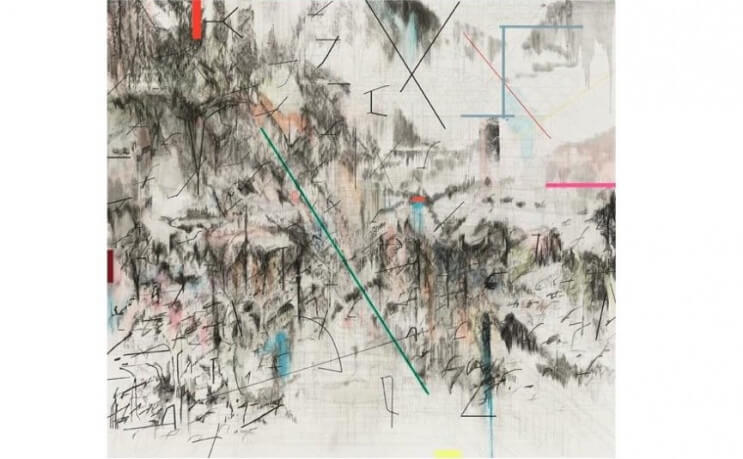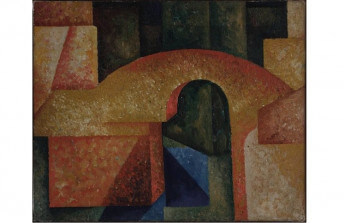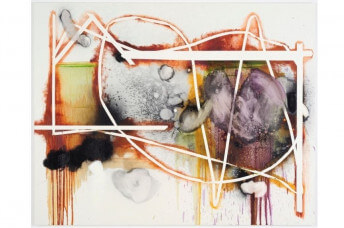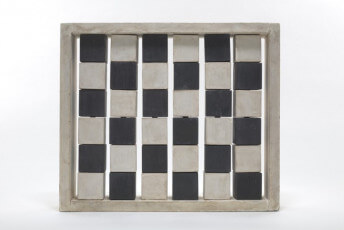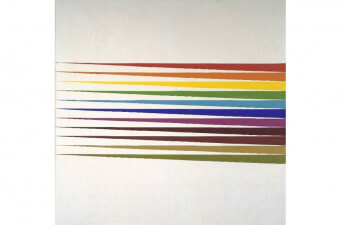The Week in Abstract Art – Structural Utterances
Sep 21, 2016
If you happen to be in New York this week you might see something rare: traveling architecture. A recreation of the Monumental Arch of Palmyra is on display outside of City Hall. Standing 25 feet tall and weighing 30,000 pounds, it is made of solid marble and has been making the global rounds, visiting London last year and moving next to Dubai. Usually when architecture travels it is only for small distances, such as with a mobile home or a building being moved to avoid sea level rise. And such cases invoke few abstract connotations. But in this case abstract utterances abound. The original Arch of Palmyra was built in what is modern day Syria during the age of the Roman Emperor Septimius Severus. It memorialized the Roman conquest of the Parthians, ancient ancestors of modern Iranians. Isis blew it up with dynamite last year. This reconstruction was made possible using digital technology, and will eventually be installed back at the original site in Syria when the current war ends. What does it say about us that we commit such resources to rebuild an arch built to commemorate one war and destroyed in another war? What does it mean that so much time and money is utilized moving a 30,000-pound monument to suffering around the globe for people to gaze at? The inhabitants of the place where the original stood are still under an existential threat. Does this structure say something about our structure? Peace is an abstraction. So is justice. So is history. So is fairness. So are memorials. In hopes we can look deeper into the abstract underlying structures of our world, here are three current abstract art exhibitions that explore the language of structure and its many intriguing utterances.
Julie Mehretu: Hoodnyx, Voodoo and Stelae, at Marian Goodman Gallery, New York
On view now through 29 October 2016
Julie Mehretu creates work that inhabits a sacred space between the epic and the everyday. Her images mix the serenity of natural processes with the drama of the underlying structures of human society, such as history, architecture and global politics. Her layered canvases contain their own structural logic that results in a harmonious balance of thought and instinct.
Gary Petersen: Back There Behind the Sun, at McKenzie Fine Art, New York
On view now through October, 2016
The colorful geometric paintings of Gary Petersen contain their own internal structural logic. His compositions come alive in their search for equilibrium as they balance carefully crafted relationships between the irregular and the concrete. The title of this exhibition pays homage to hidden structures in the universe, evoking a mythology of a hidden planet opposite our own, orbiting beyond our view, behind the sun.

Gary Petersen, Slip Stream 2, 2015.
Terry Winters: The Structure of Things, at the Museum of Fine Arts, Boston
On view now through 18 June 2017
In his fantastical and richly layered paintings, Terry Winters examines the structures and patterns of the visible and invisible worlds. His images evoke hidden cellular systems, anxiety-inducing digital systems and larger, ubiquitous natural systems. This exhibition offers a retrospective look at more than 50 works Winters created between the years of 1982 and 2014.
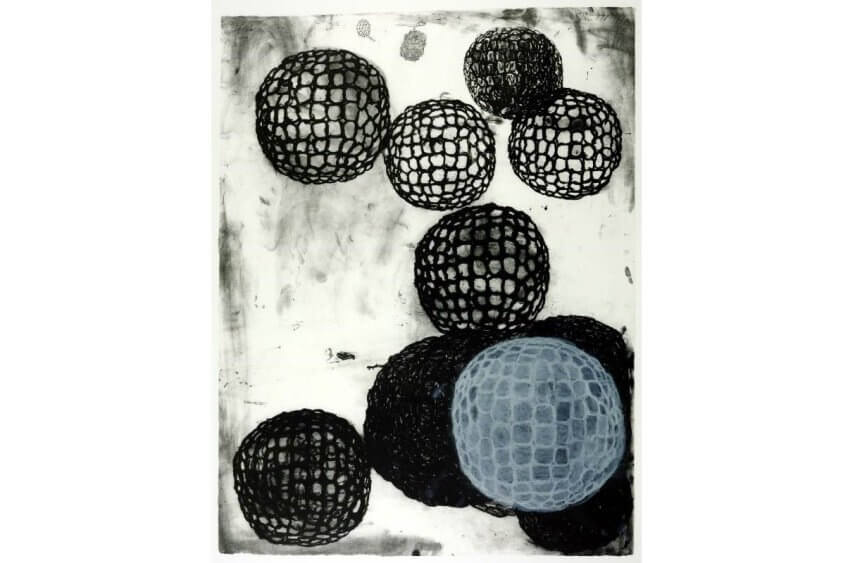
Terry Winters, Morula III, 1984.
Featured Image: Julie Mehretu, Co-Evolution of the Futurrhyth Machine (After Kodwo Eshun), 2013.
By Phillip Barcio
